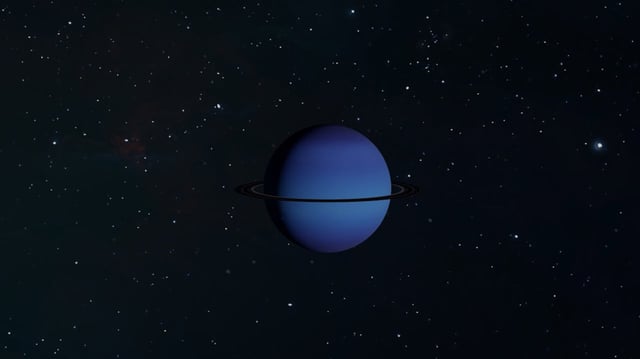Overview
- The University of Cambridge team initially reported detecting dimethyl sulfide (DMS) on K2-18b, a potential biosignature gas associated with life on Earth.
- University of Chicago researchers reanalyzed the data and found it too noisy to conclusively confirm DMS or dimethyl disulfide (DMDS) in the planet's atmosphere.
- Alternative explanations suggest that other molecules, such as ethane, could account for the spectral features attributed to DMS in the original study.
- The Cambridge team's findings were based on a single set of JWST observations, while additional data from Webb and Hubble weaken the evidence for DMS.
- DMS has known abiotic production pathways, as it has been detected on comet 67P and in interstellar space, complicating its interpretation as a biosignature.


